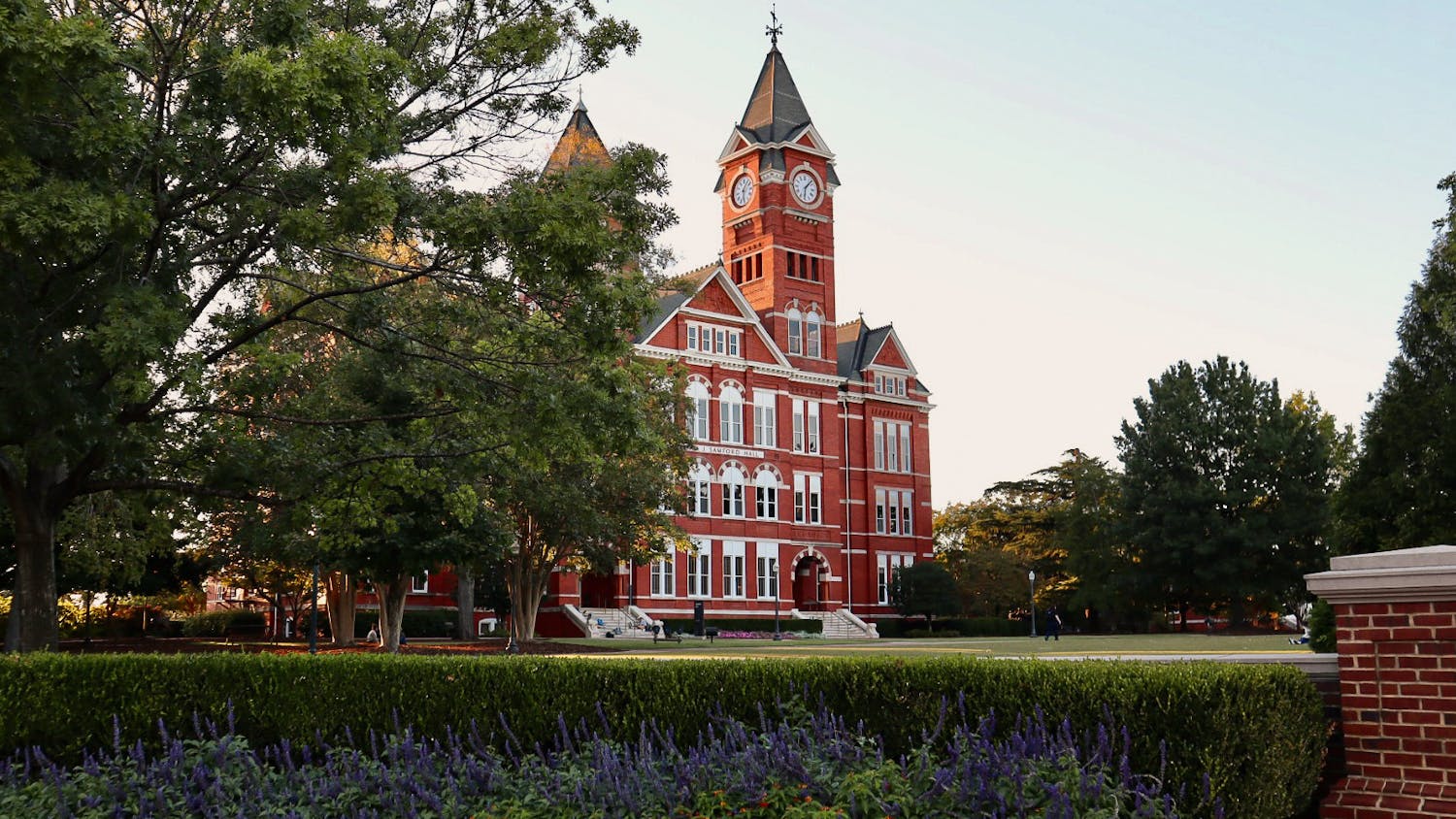Researchers are looking into a major source of green energy found not in the air, but within roadways.
"There are big changes that are occurring right now in the paving industry that are all related to green technologies," said Raymond "Buzz" Powell, assistant director for the National Center for Asphalt Technology in Auburn.
Asphalt is on pace to serve a dual purpose.
One is to provide a medium of transportation and another as a secondary energy source.
"Asphalt has a lot of advantages as a solar collector," said Rajib Mallick, associate professor of civil and environmental engineering for Worcester Polytechnic Institute, in a press release. "For one, blacktop stays hot and could continue to generate energy after the sun goes down, unlike traditional solar-electric cells."
Consider the amount of space that wind and solar farms need.
There is already a massive amount of land taken up by American highways - nearly 50,000 miles, according to the Federal Highway Administrations' Web site.
Extracting heat for energy would also reduce the temperature of the pavement, eliminating heat islands.
"When you walk on pavement in the middle of the summertime and it burns your feet, that is energy that is just being wasted, being radiated back into the atmosphere," Powell said.
National Center for Asphalt Technology (NCAT), was formed as a partnership between the National Asphalt Pavement Association and Auburn University.
It has been testing more efficient ways to produce asphalt.
"Warm-mix" asphalt allows production temperature to drop as much as 75 degrees, when it is mixed with rock and sand.
This uses much less energy, resulting in savings for contractors and taxpayers, Powell said.
"Asphalt pavement is already the most recycled material in the United States by far," Powell said. "We have produced (asphalt) with as much as 50 percent recycled material."
This is not the first timeMallick and Powell have worked together.
Mallick used to work at NCAT.
"Rajib and I have been collaborating on some ideas that we had here about using roadways to harvest energy," Powell said.
Powell declined to comment on the most recent research project on which he and Mallick have been working.
Several methods exist for harvesting energy from pavement.
Innowattech, an Israeli company, has recently tested a system based on kinetic energy along Route 4 in Israel.
Its "piezoelectric" system extracts kinetic energy from passing vehicles.
A one-kilometer section of a single lane is capable of producing 200 kilowatt-hours of energy, according to a press release.
A six-lane highway would be able to produce 1.2 megawatt-hours or enough to power approximately 1,800 homes.
At WPI, Mallick worked on a copper pluming system.
The pluming system created energy by using thermal heat built up beneath the roadway to heat water. The water would then run through a thermoelectric generator to produce electricity.
It could also be pumped into a nearby building to reduce the cost of heating and water, according to a press release by WPI.
"Where you are trying to deploy green technology you could end up accidentally creating a higher carbon cost," Powell said.
Any time something disruptive is done to the pavement, there is a possibility for problems associated with future maintenance liabilities.
The cost of the road should not outweigh the energy it provides, Powell said.
"We are trying to figure out a way to harvest energy from pavement with no negative impact on performance," Powell said.
Do you like this story? The Plainsman doesn't accept money from tuition or student fees, and we don't charge a subscription fee. But you can donate to support The Plainsman.




